Talking point: How can we aid the rise of professional women's sport?
Despite strides being taken, media coverage, sponsorship, prize money and pay for women’s sport still lag behind those of the men. What can we do to change this? Kath Hudson rounds up opinions from the sporting world
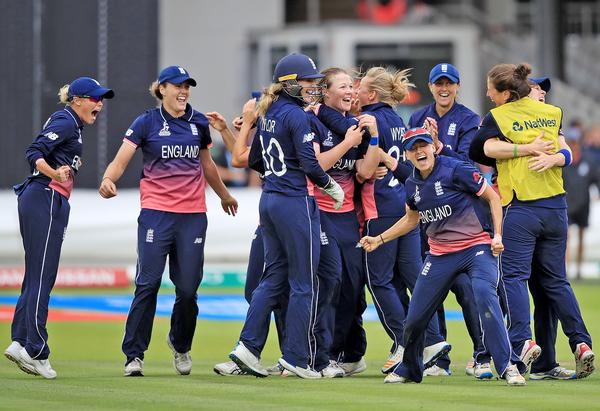
This year there have been some heartening developments for British women in male-dominated sports. The England rugby team made it to the semi-finals of the World Cup; the cricketers won the World Cup, selling out Lord’s in the process, and Johanna Konta became the first British woman since 1978 to reach the Wimbledon semi-finals.
Overseas, the new women’s Australian Football League hit the ground running and the Norwegian Football Association has recently announced a financial package for next year that will see the women’s national team paid the same amount as its male counterpart, with the men agreeing to take a pay cut to allow the restructure.
Despite this, there is still a way to go until equality is reached. The prize money for the men’s FIFA World Cup was £22m, compared to £630,000 for the women’s, and although Wimbledon now pays all its players equally, it’s the only Grand Slam to do so. Meanwhile, the British women’s bobsleigh team has been stripped of funding by its national governing body ahead of the Winter Olympics.
The situation experienced by elite athletes is mirrored throughout every layer of sport. Only 24 per cent of those directing elite sport programmes and only 17 per cent of coaches are female. Half of the UK’s governing bodies are still failing to meet the target of 30 per cent women on their boards and 1.6 million more men than women play sport in England each week.
So, what can be done to bring professional women’s sport up to the same level as men’s sport?
Richard Lewis,
CEO,
All England Lawn Tennis and Croquet Club

In general, I feel there’s a lot of positive momentum gathering for women’s sport, coming on the back of outstanding performances on the international stage and a greater commitment to broadcast and media coverage of these events. My feeling is that Wimbledon spectators wish to see compelling and competitive matches, irrespective of a player’s gender. They love supporting their national heroes, as we’ve seen in the UK with the success of Andy Murray and Johanna Konta in recent years.
The Wimbledon Championships is the only Grand Slam to schedule standalone ladies’ singles quarter-finals and semi-finals days, a move that has brought the full weight of international broadcast, print and digital media exposure to the matches and competitors. Konta’s quarter-final defeat of Simona Halep this year registered the highest viewing figure of the fortnight on the BBC, with a peak of 7.4 million.
Awarding equal prize money at Wimbledon was, and is, absolutely the right thing to do. I believe showcasing men’s and women’s tennis together, in one venue, is one of the greatest strengths of the Grand Slams. Men and women both bring fantastic skill and excitement, so it’s only appropriate to pay equal prize money.
Long term, I think it’s very important to encourage girls to play sport and to keep them involved as they get older. We hope that there are young girls all around the UK who saw Konta’s success at Wimbledon and were inspired to pick up a racquet and try tennis.
"Men and women both bring fantastic skill and excitement, so it’s only appropriate to pay equally"
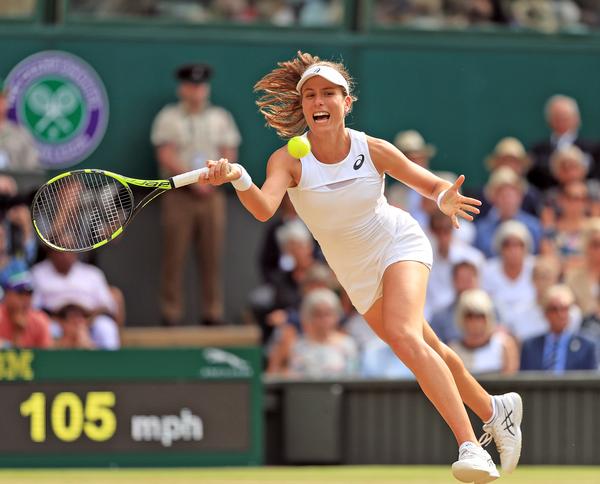
Andrew Dillon,
General Manager football operations,
Australian Football League
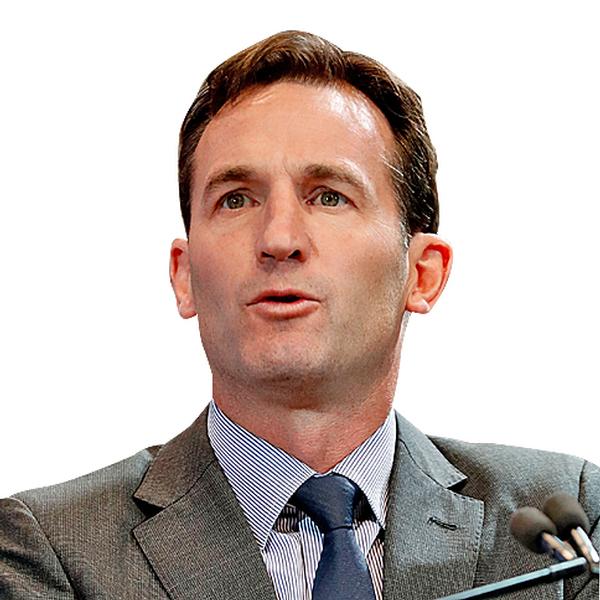
The Australian Football League Women’s (AFLW) competition had originally been pencilled in to commence in 2020, but a growing participation base and interest in women’s exhibition matches over the past four years fast-tracked the launch to this year.
We had a series of events starting from July 2016 that announced the teams, marquee players, coaches, the competition logo, the competition sponsor, the draft, the fixtures and playing uniforms. This helped to generate media coverage and public interest. We’ve also established standalone social-media platforms and a website to promote the players and the league and to attract new fans.
The reaction to the league has been overwhelming. Every AFLW match was broadcast live by the AFL’s broadcast partners, as well as supported by print, radio and TV media throughout the country.
The opening match between Carlton and Collingwood was a highlight, with Ikon Park filled to its capacity of 24,500. Attendance across the seven AFLW rounds and the AFLW grand final was 195,000 and television audiences reached 5.6 million across the eight-week season.
Females now represent 27 per cent of football participants in Australia. In 2016, 380,000 females were playing the game, of which 53,500 were aged five to 12 years old. There was a 21 per cent growth in female participation in 2016, as well as a 56 per cent increase in dedicated female football teams, which brings the total to almost 1,000, with 2,500 female accredited coaches.
The AFL has announced that two new teams will enter the AFLW competition in 2019 and another four teams in 2020.
Our ongoing goal is to provide the same opportunities for both male and female players. Now all young players who start playing in AFL Auskick (a programme for five to 12 year olds) can aim to play at the highest level in a national competition.
"Our goal is to provide the same opportunities for both males and females. Now all young players can aim to compete at a national level"
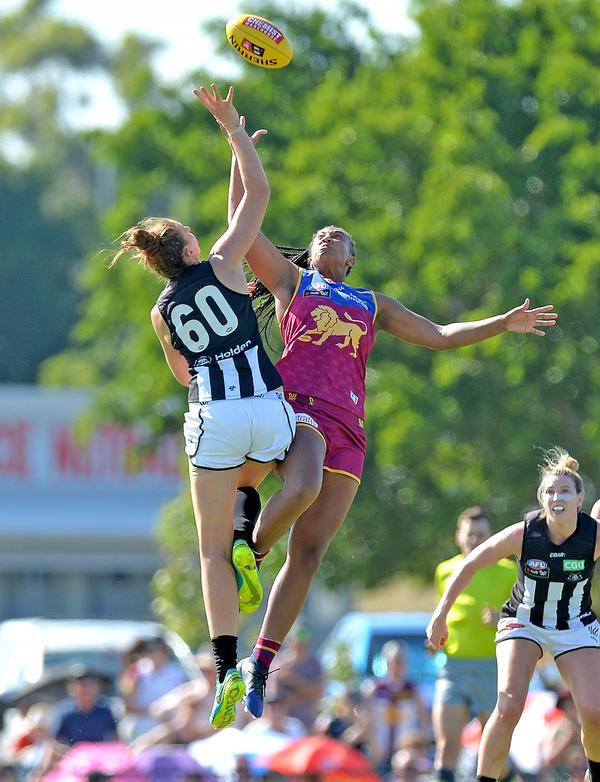
Hanneke Smits ,
CEO,
Newton Investment Management
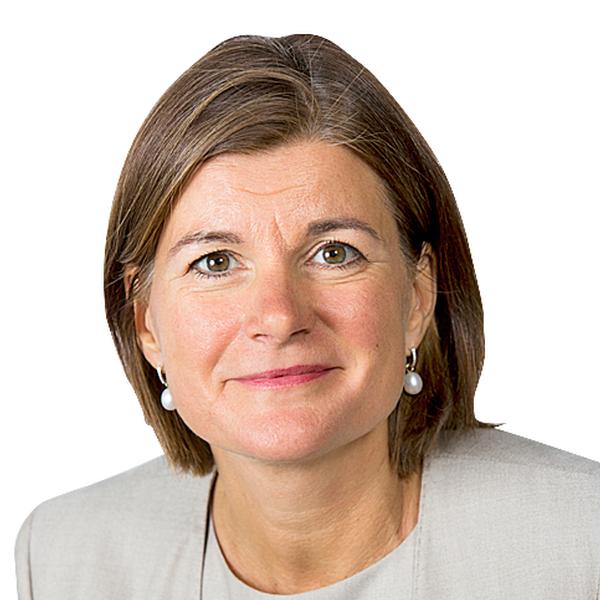
Before Newton IM became involved with the Women’s Boat Race seven years ago, the athletes had to personally cover the costs of their participation, in addition to studying full time. Newton wanted to ensure our sponsorship assets were more than just brand visibility, but were making a real difference in society.
As a result of our involvement, both men and women now receive sponsorship and other benefits such as media rights and, since 2015, are able to race the same course on the same day. This was not only a pivotal moment in the history of this iconic British sporting event, but also a breakthrough for equality in sport around the world.
This sponsorship has increased audiences, brought additional sponsors on board and also increased the professionalism, sustainability and stability of the race operations. The overall effect has added to, rather than diluted, what was there before, so men’s sponsorship has not been affected. It’s particularly important to demonstrate this if we are to see other sports allow equal rights and funding for their female athletes.
Sponsorship has also helped to break the chicken and egg argument as to whether media coverage needs to come before commercial partners will invest or vice versa. We understand that it has increased the attractiveness of investing in women’s sport from a commercial perspective and reduced the perceived risk of doing so to commercial partners. Perhaps the biggest impact has been on awareness of the need to increase funding, media and participation in women’s sport.
Studies into the impact of our sponsorship have also noted a vast improvement in the infrastructure standards for women’s rowing, increasing the attraction of the UK as a centre for high performance.
"It’s important to note that men’s sponsorship has not been affected by increased focus on the women"
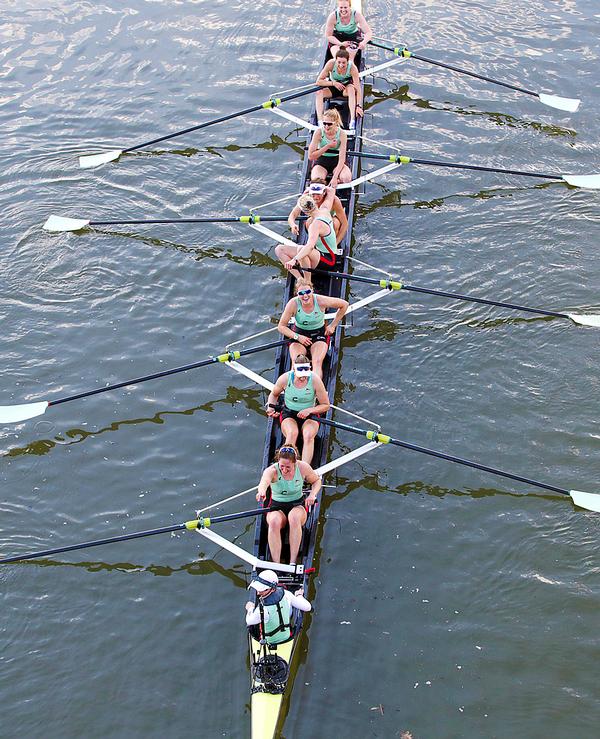
Tammy Parlour,
Co-founder and joint CEO,
Women’s Sport Trust

Women’s sport has evolved significantly since the Women’s Sport Trust was founded in 2012, but the key areas for development remain similar. We need to increase funding and sponsorship and improve the quality and volume of media coverage, while raising the profile of elite athlete role models. We also need to get more diversity across every level of sport.
We’re looking for systemic change, not one-off initiatives, and there are no magic bullets. This requires bold leadership, of real substance, sustained over time. We want progress to come faster but just as importantly we want it to be properly plumbed in so that it will endure.
Women’s sport is full of great characters, content and stories. We’re looking for bold brands who will step into the women’s sport market, shape it and take advantage of the opportunities on offer. Sporting bodies, athletes and teams also have a role to play. They need to have a compelling product and take the time to communicate the commercial value it can bring to potential partners. Women’s sport is not better or worse than men’s sport – it brings its own distinctive audiences, entertainment and content. It’s time to focus on that.
"Sporting bodies, athletes and teams need to take the time to communicate their commercial value"
Maggie Alphonsi,
Former England rugby player and media presenter,
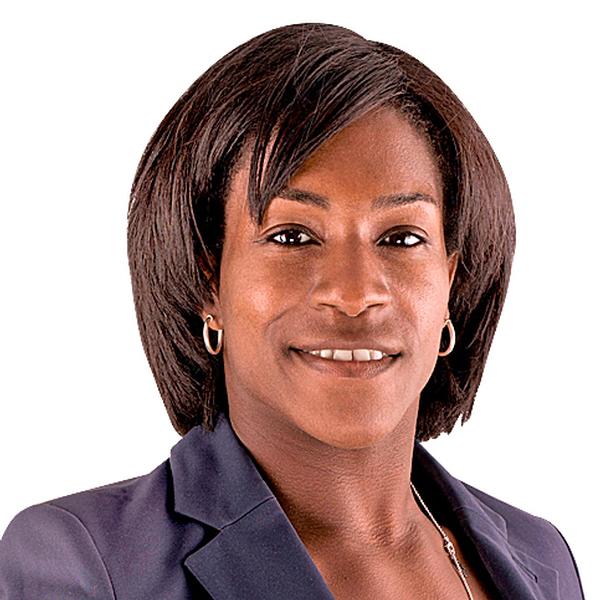
The situation in rugby is encouraging: rugby club facilities have become more inclusive and cater to women and girls, and there’s been a general positive shift in attitudes and perceptions towards women’s and girls’ rugby.
Alongside this, there has been an increase in media coverage, so international and domestic women’s fixtures are profiled and televised. As well as an increase in professionalism at the international and domestic level, there are now more sponsors, so the women’s teams have separate or joint sponsorship with the men’s teams.
Audiences and interest in women’s rugby is definitely on the rise and the Women’s Rugby World Cup 2017 was a good example of that. The tournament was viewed in 110 countries, surpassing all previous records. The England vs France semi-final hit viewing figures of 3.3 million in France and the final between England and New Zealand was viewed on terrestrial TV (ITV) at prime time and reached peak figures of 2.3 million.
There has been an increase in players and teams, but the next step would be to see an increase in female coaches and officials in the sport. There’s a lot of work being done to get more women and girls into that side of the game, but progress is gradual.
There’s been so much positive progress in the game but, of course, all of this is just the start. Going forward, I’d like to see more of everything: more media coverage, more sponsors and more professional contracts awarded to female rugby players.
"There’s been an increase in female players and teams, but the next step is more female coaches and officials"
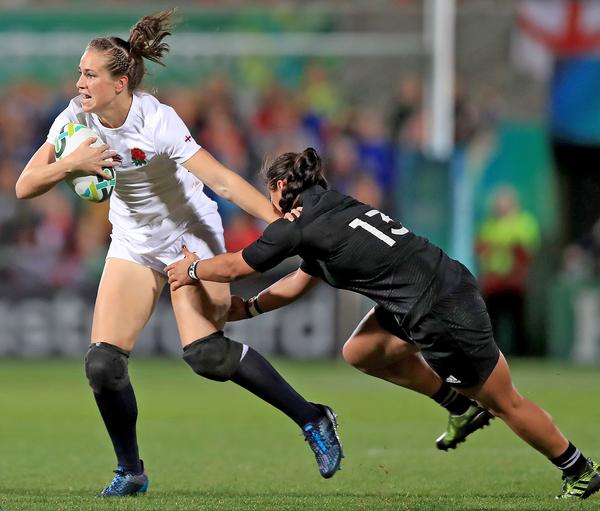
Anything to add?
If you have a different opinion or new information to add to the debate, send your letters to [email protected]

Recreation Assistant
Duty Manager (Dry)
Swim Teacher
Swim Teacher
Chief Executive Officer, Mount Batten Centre
Swim Teacher
Swimming Teacher
Swimming Teacher
Company profile
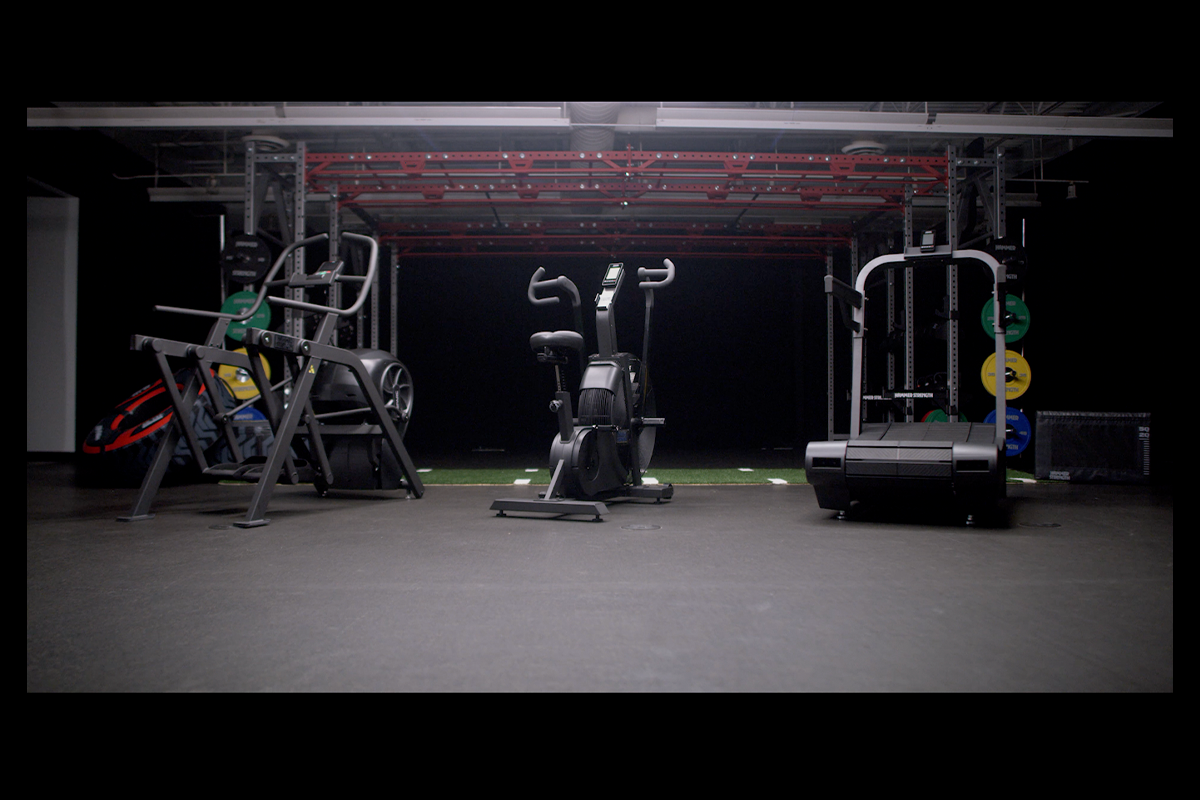
Featured Supplier

Property & Tenders
Company: Knight Frank
Company: Belvoir Castle
Company: AVISON YOUNG
Company: London Borough of Bexley
Company: Forestry England












